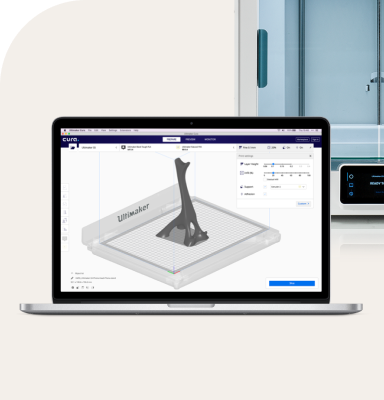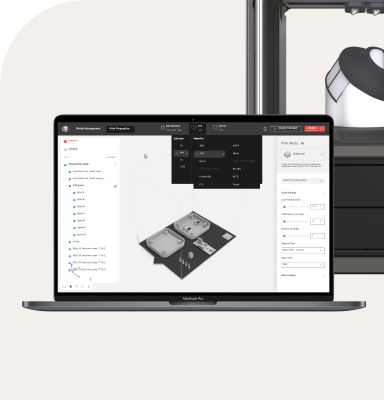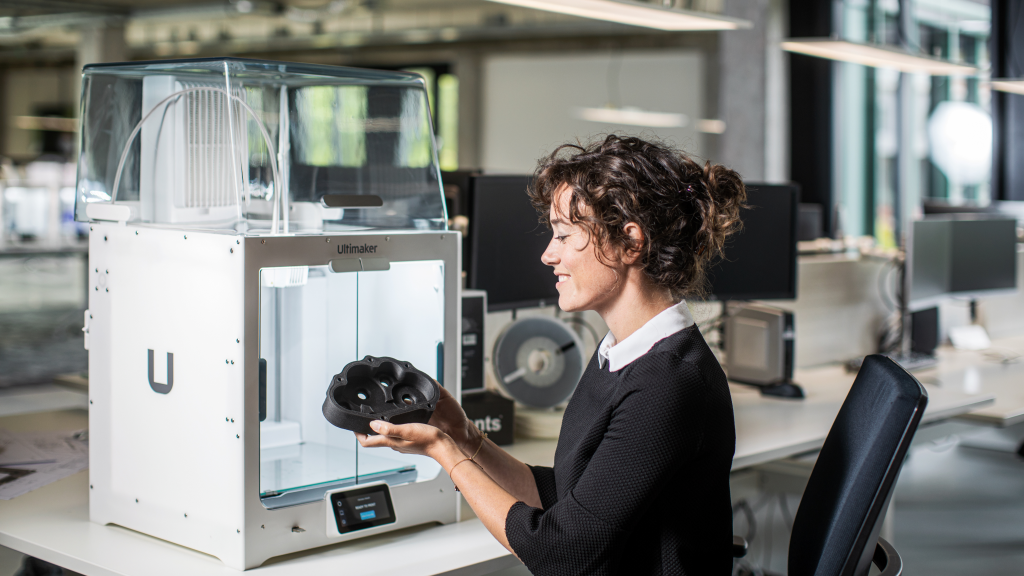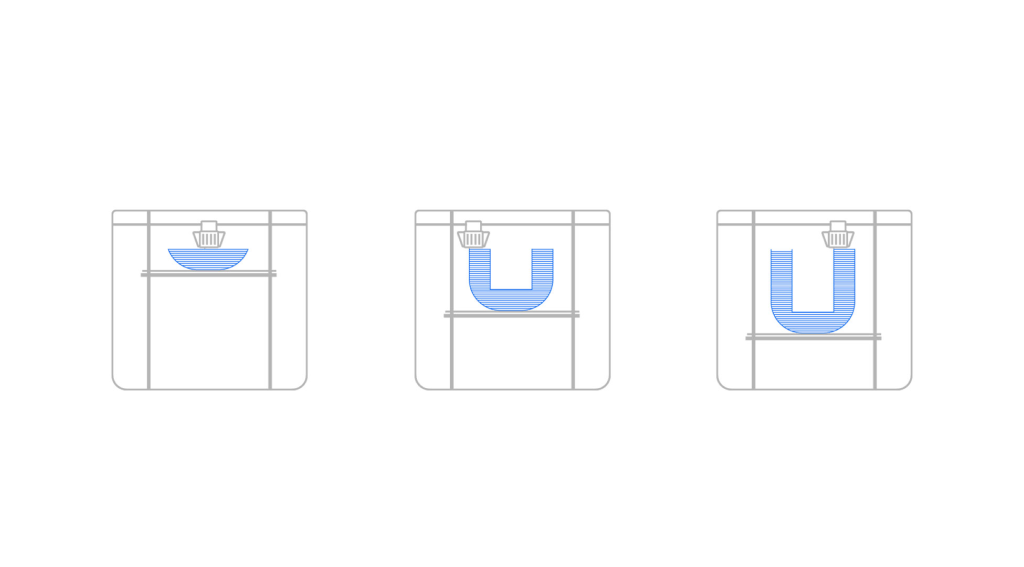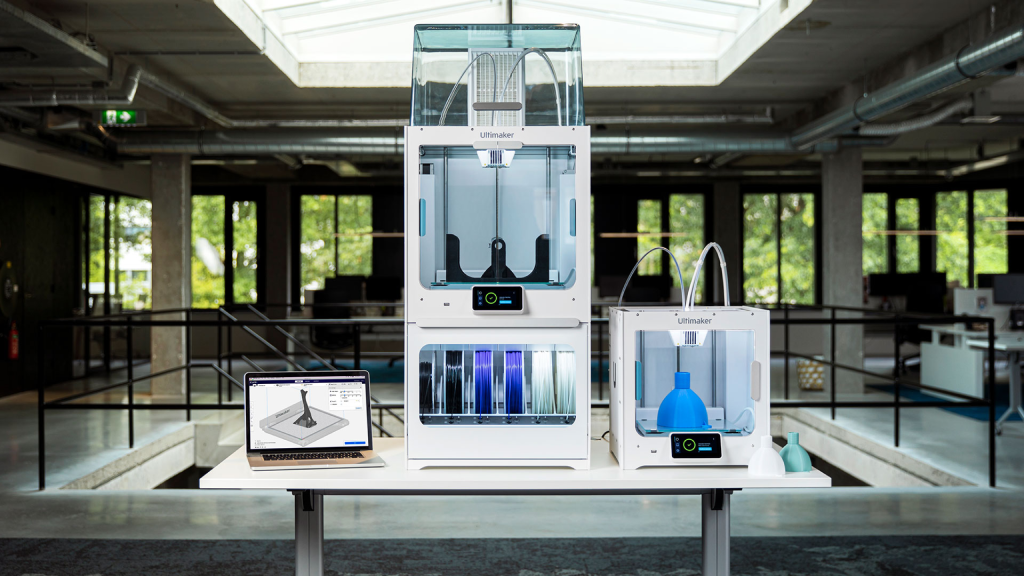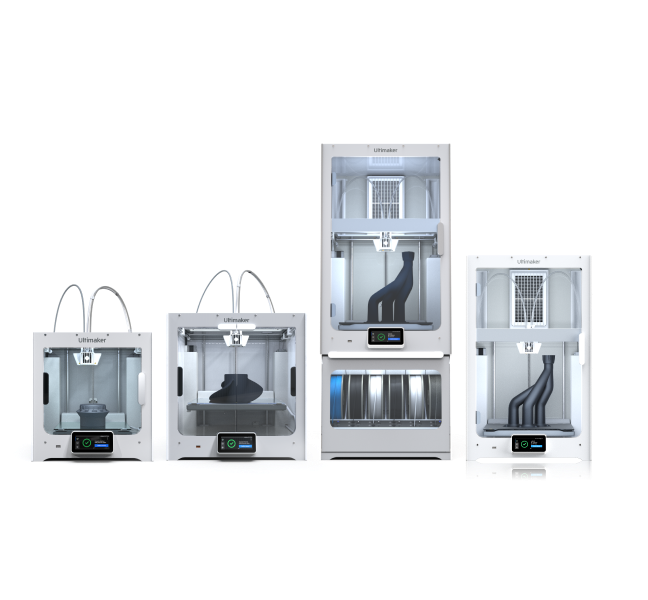Comparing FDM and FFF to other 3D printing technologies
FDM and FFF differ significantly from other additive manufacturing technologies like SLA (stereolithography) and SLS (selective laser sintering). Comparing FDM/FFF to SLA reveals differences in materials (thermoplastic filaments vs. liquid photopolymer resins), printing process (extrusion of melted plastic vs. curing resin with UV light), resolution (SLA typically achieves higher resolution and smoother surfaces), and applications (FDM/FFF suits functional prototypes, while SLA excels in detailed models and jewelry).
When comparing FDM/FFF to SLS, notable differences include materials (filaments vs. powdered materials, usually nylon), printing process (depositing material layer-by-layer vs. sintering powder with a laser), strength (SLS parts often exhibit greater strength and suitability for functional components), and complexity (SLS can produce more intricate geometries without support structures).
FDM/FFF technologies offer advantages such as lower entry costs for both printers and materials, a wider range of thermoplastic options, easier material changes and multi-material printing, and simpler post-processing. However, limitations include lower resolution and less smooth surface finish, visible layer lines, anisotropic strength (weaker in the Z-axis), and limited ability to produce complex internal structures.
When selecting between FDM/FFF and other technologies, consider factors like required resolution, material properties, cost, and intended application to determine the best fit for your specific needs. For those looking to explore the capabilities of FDM/FFF technology, UltiMaker offers a range of professional 3D printing solutions suitable for various applications and industries.


